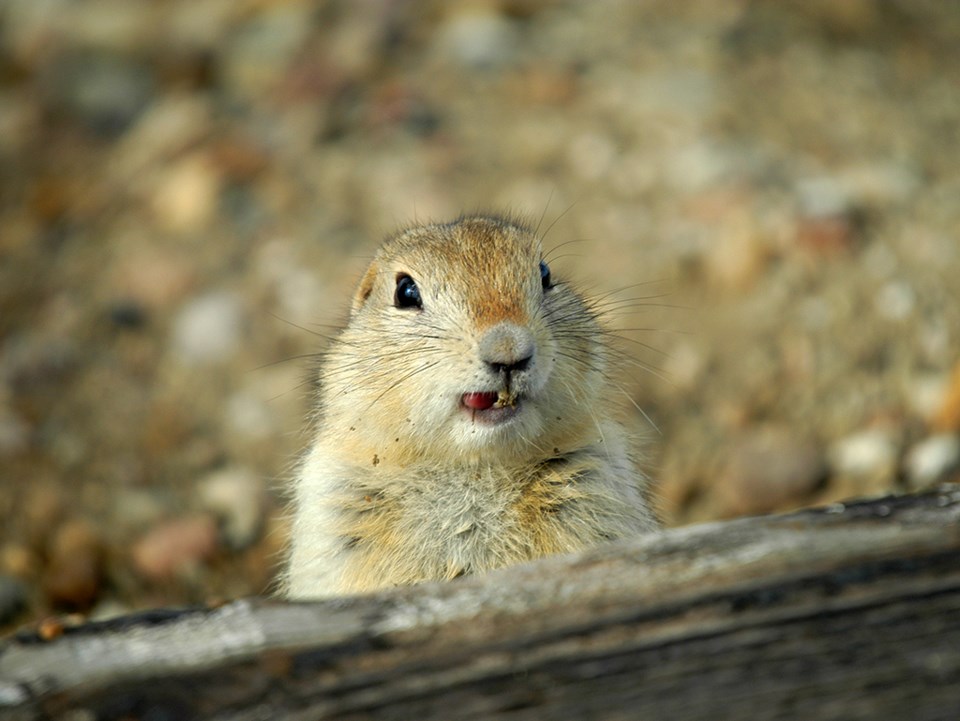EAST-CENTRAL SASKATCHEWAN — Rain showers have left some crops drowned out in the region and producers hope it dries up soon so that their crops don’t suffer too long. The rain will also slow crop development and it is estimated that crops in the region are still 7-10 days behind their normal development.
Livestock producers across the region have struggled to make good progress with their haying operations due to rainy days, but despite delays, they have 51 per cent of the hay crop has been baled or put into silage with another 24 per cent cut and waiting to be baled or put into silage. Hay quality is currently rated as 24 per cent excellent, 64 per cent good, nine per cent fair and three per cent poor.
Rainfall in the region ranged from nil to 58 mm in the Earl Grey area. The Lipton area received 51 mm and the Calder, Wynyard and Kenaston areas 22 mm. The rain will help cereals fill their heads and help canola and pulse crops fill their pods going into August as we near the beginning of harvest.
Cropland topsoil moisture is rated as six per cent surplus, 75 per cent adequate, 17 per cent short and two per cent very short. Hay and pasture land topsoil moisture is rated as four per cent surplus, 76 per cent adequate, 14 per cent short and six per cent very short.
The majority of the crop in the region is rated as being in fair to good condition, the poorer rated crops are struggling through the cool rainy weather that the region has had since the beginning of the growing season.
Most of the crop damage this past week was due to excess moisture, wind, minor hail, grasshoppers, crop pests and disease. There is a rising amount of pea aphids, bertha army worm, diamond back moths and wheat midge appearing in crops, producers are trying to act quickly to keep damage from these pests to a minimum.

.png;w=120;h=80;mode=crop)


